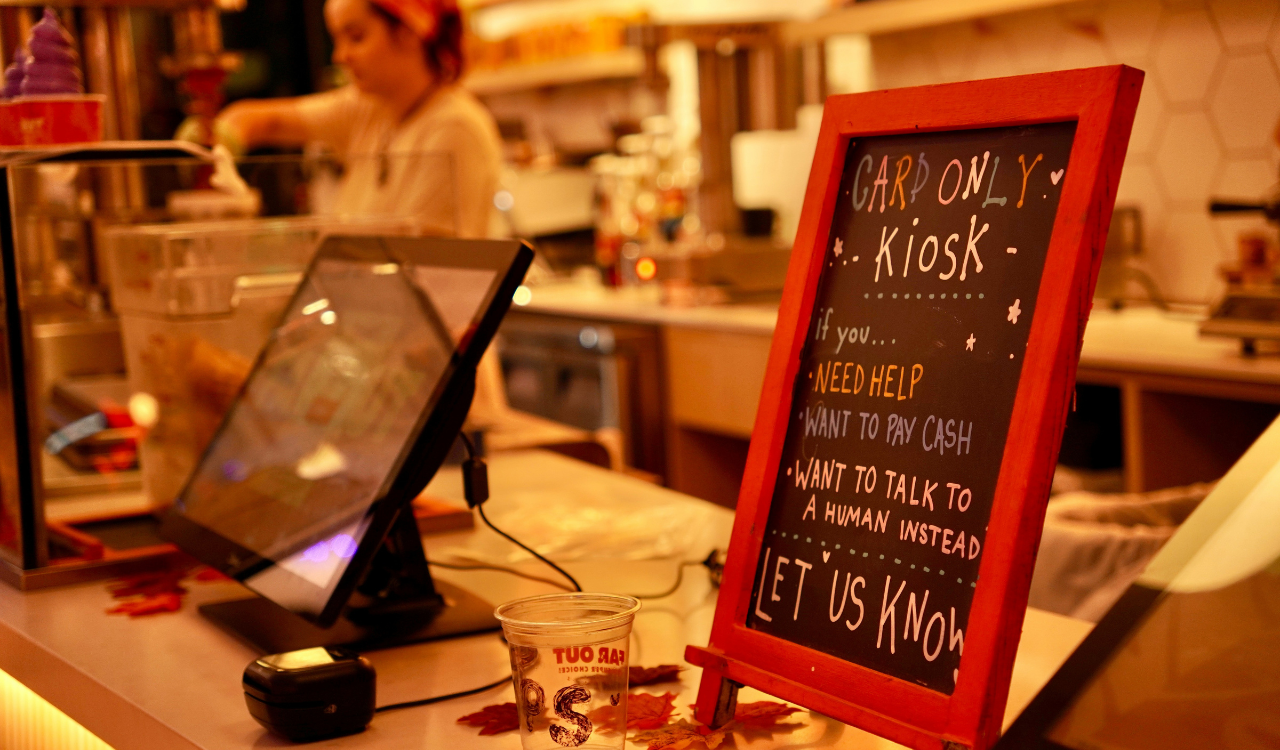12 Shocking Bans on Everyday Foods in History

Food is usually so ordinary that we forget how much law and culture shape what we can eat. Yet history is full of surprising bans on everyday foods that seem harmless today. From spreads and condiments to drinks and candies, governments and communities have outlawed them for reasons ranging from health risks to cultural identity and politics. These bans were sometimes temporary, sometimes permanent, but they always revealed deeper anxieties beneath the surface of daily life. Here are twelve of the most striking examples of how food became a battleground for order, morality, and control.
1. Chewing Gum in Singapore

The ban on gum in Singapore emerged from a pragmatic concern: gum litter was costly to remove, and damage to train systems created expensive repairs. Prime Minister Lee Kuan Yew’s government used it as part of a broader effort to promote civic discipline. Though often caricatured as overreach, the policy had real public-order benefits and remains a defining example of Singapore’s regulatory style. In later years, limited exceptions for therapeutic gums were added, but the rule remains one of the most famous food-related bans in modern history, illustrating how minor nuisances can inspire sweeping laws.
2. Margarine in North America

The fight over margarine reveals how food laws can be used to protect markets. In Canada, margarine was banned outright for long periods, with short wartime exceptions when butter was scarce. In the United States, dairy lobbies pushed “anti-color laws” to prevent margarine from mimicking butter’s golden hue. In some states, producers had to dye margarine an unappetizing shade of pink, making it nearly unsellable. These measures weren’t about safety but economics: dairy farmers sought to defend their profits. The controversy illustrates how even something as humble as table spread can become a flashpoint of trade politics.
3. Prohibition of Alcohol in the United States

The U.S. Prohibition era began with the belief that outlawing alcohol would uplift society. Religious groups, reformers, and temperance organizations drove the push, linking drinking to violence and poverty. While consumption initially dropped, illegal networks soon filled the demand. Bootleggers and mobsters grew rich, while ordinary citizens flocked to speakeasies. The government struggled to enforce the law, and public disillusionment grew. In 1933, the 21st Amendment repealed Prohibition, ending a 13-year national experiment. The era remains a lesson in how sweeping bans on popular products can backfire, fueling black markets and unintended consequences.
4. Coffee Bans in the Ottoman Empire

The arrival of coffee transformed urban life by creating new public spaces where people gathered to converse, debate, and share news. These coffeehouses unsettled rulers who feared they would encourage disobedience or political plotting. Authorities responded with bans, fines, and even threats of execution for coffee drinkers in some Ottoman cities. Still, coffee proved too popular to suppress, and by the 17th century, it became entrenched in daily life and ritual. These bans illustrate how foods and drinks can be feared not only for their physical effects but for their power to bring people together.
5. Coca-Cola Ban in Cuba

Coca-Cola’s absence from Cuba is less about food safety and more about politics. The revolution cut ties with American companies, and the U.S. embargo prevented trade. State-run factories began producing local alternatives, but none carried the same cultural weight. For Cubans, Coca-Cola became a symbol of a lost era, tied to memories of American consumer culture. Tourists often remark on its absence, highlighting how global products we take for granted can vanish under the force of geopolitics. Cuba’s case proves that food bans often reflect power struggles rather than health concerns.
6. Ketchup Limits in French Schools

The ketchup restriction was part of France’s campaign to improve school meals. Policymakers wanted to protect national cuisine from being diluted by fast-food culture. Ketchup, with its sugar-heavy recipe, became a symbol of Americanization and poor eating habits. Under the rules, schools could serve it sparingly, often paired with fries, but not as a daily condiment. International media exaggerated the move as an outright ban, but in reality, it was a nutrition policy with cultural undertones. It highlighted how even condiments can become battlegrounds for identity and tradition.
7. Kinder Surprise Eggs in the U.S.

The iconic Kinder egg combines chocolate with a surprise toy hidden inside, but U.S. regulators saw this design as dangerous. Laws against embedding foreign objects in food were meant to protect children from choking risks. For decades, customs officers seized thousands of Kinder eggs at borders, and stories circulated of travelers being fined. Only in recent years did a redesigned product, Kinder Joy, become available in the U.S., separating toy and chocolate into different halves. The saga demonstrates how child-safety rules, even if well-intentioned, can set one nation apart from global consumer trends.
8. Raw Milk Restrictions in the U.S.

The controversy over raw milk highlights the tension between food freedom and public safety. Pasteurization, which became common in the early 20th century, drastically reduced milk-borne illnesses, but some consumers continue to seek raw dairy. Supporters claim it offers better taste, enzymes, and a traditional connection to farming. Critics warn of the real risks from pathogens that thrive in unpasteurized milk. Because of these opposing views, states have taken different approaches, from outright bans to limited on-farm sales. The debate remains heated, showing how food laws often reflect both science and personal values.
9. Bushmeat Imports into the U.S.

The importation of bushmeat, wild animal meat such as primates, bats, or rodents is illegal in the United States. Authorities argue it poses major risks to public health, including the spread of diseases like Ebola, as well as threats to endangered species. U.S. Customs and the CDC regularly seize bushmeat brought by travelers, destroying it to prevent contamination. Penalties can include fines and prosecution. This ban shows how food restrictions can protect not only human health but also biodiversity and global disease control.
10. Foie Gras Bans in California

Foie gras has long been prized for its rich taste, but its production method has become one of the most controversial practices in food. California’s law marked a turning point, signaling that ethical treatment of animals could outweigh gourmet tradition. The foie gras ban was challenged in courts by producers and restaurateurs, creating years of legal battles. Though some loopholes and exemptions exist, the law remains a prominent example of how food regulations increasingly reflect values beyond health and safety, incorporating ethics and animal welfare into the legislative process.
11. Alcohol Ban in Saudi Arabia

In Saudi Arabia, alcohol is prohibited by both law and religion, reflecting the kingdom’s interpretation of Sharia. Violators can face fines, imprisonment, or corporal punishment. While many countries have moved to regulate alcohol instead of banning it, Saudi Arabia has maintained its strict stance for decades. Recent discussions of limited allowances for foreign residents show some flexibility, but the prohibition remains central to national identity. The case highlights how moral and religious frameworks often carry more weight than consumer demand when it comes to shaping national food and beverage policies.
12. Gutka and Pan Masala Bans in India

Chewing mixtures like gutka and pan masala are deeply rooted in Indian social life, often sold in small pouches at roadside stalls. However, studies revealed alarming health risks, including high rates of oral cancer. Public health advocates pushed for bans, and many Indian states responded with prohibitions targeting not just sales but also advertising and packaging. Despite black-market persistence, the bans mark a cultural shift, as authorities prioritize long-term health over tradition. This case demonstrates how even deeply embedded practices can be challenged when evidence of harm becomes overwhelming.





